One of the most cherished tenets of art is the notion of drawing from life. It’s the guiding principle that threads the magnificent seven who make up “Wildlife Art: Field to Studio,” at Greenwich Library’s Flinn Gallery through May 4.
“The ‘Wildlife Art: Field to Studio’ exhibition tells the stories of seven incredible artists and their inspiration from nature,” curators Alice Sherwood, Claudia Schipper and Lillian Tung Lum say in a statement. “Through their artwork, the viewers form an intimate bond with the wildlife…. Flinn Gallery is proud to share the majestic beauty of the wildlife art through the hands of these artists.”
At times that intimacy is achieved by venturing far into the wide world. Westchester painter Alison Nicholls spent nine years in Botswana and Zimbabwe, creating watercolors that reveal not only the relationship between observation and art but between line and color. Her “Living Walls,” an acrylic on canvas, captures the bomas, or fortified corrals made of commiphora trees, of the Maasai Steppe in Tanzania that enable livestock and predators to live in harmony. In Nicholls’ misty world of ambers and blues threaded by the white lines of the bomas, their eyes covered by commiphora leaves, livestock and lions face each other but do not face off. The fence that separates them also links them in peace.
A pastel palette is also key to the “natural abstractions” of David Rankin, who uses photographs, sketches and his iPad in depicting the Himalayas. The teal and periwinkle watercolors of his “Arundhati at the Ganges” (2015) transform a young man atop an elephant at the river into a magical moment.
Californian Susan Fox’s travels to Mongolia have led to studies and oils of rams ranging across the steppes or posing lordly, as one does in her oil on canvas “A Good Stretch.”
Closer to home, Sean Murtha finds inspiration in the marshes of the Long Island Sound for his sun-dappled oil on canvas, “Periwinkle Flats (Laughing Gull).” The sculptor Karryl, whose haunts include the Rocky Mountains as well as Africa, contributes “Sundown,” a bronze of an aged buffalo — head bowed, tongue lolling — that might be a fitting companion to “The End of the Trail,” James Earle Fraser’s sculpted tribute to the Native Americans and a lost way of life.
Kelly Singleton, too, focuses on North American animals in such oil paintings as “Backlit – Barred Owl,” while Carel Brest van Kempen, whose fascination for nature’s more unusual aspects began in his Utah childhood, ranges far from its mountains and deserts for the lush jungles of his “Green Iguana & Leaf-cutter Ants,” an acrylic on illustration board.
The seven, all members of The Society of Animal Artists, are presenting field studies along with their studio work, drawing us closer to some animals than we are ever likely to be.
“However, as we learn from each artist’s process,” the curators write, “the intimacy ends in their studios, a reminder for all mankind that conservancy is critical.”
For more, visit flinngallery.com.

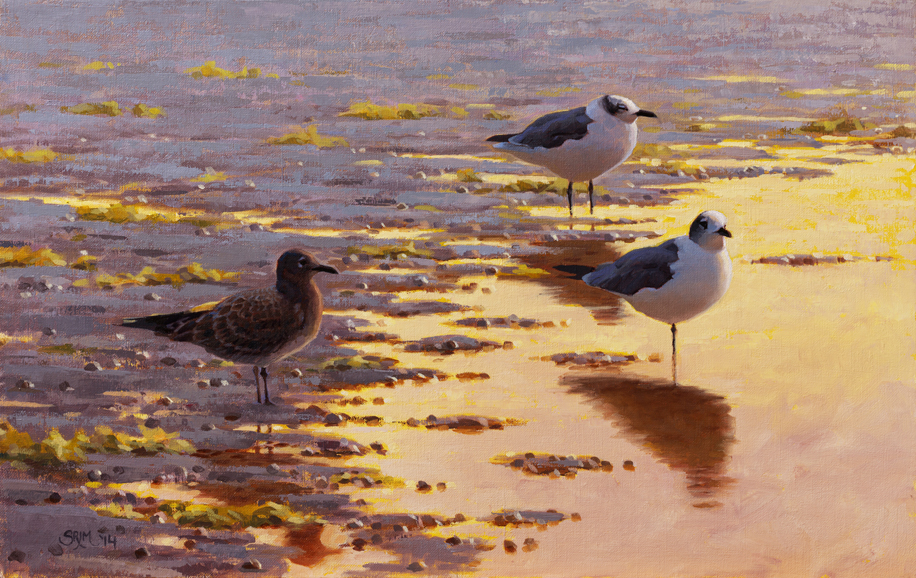
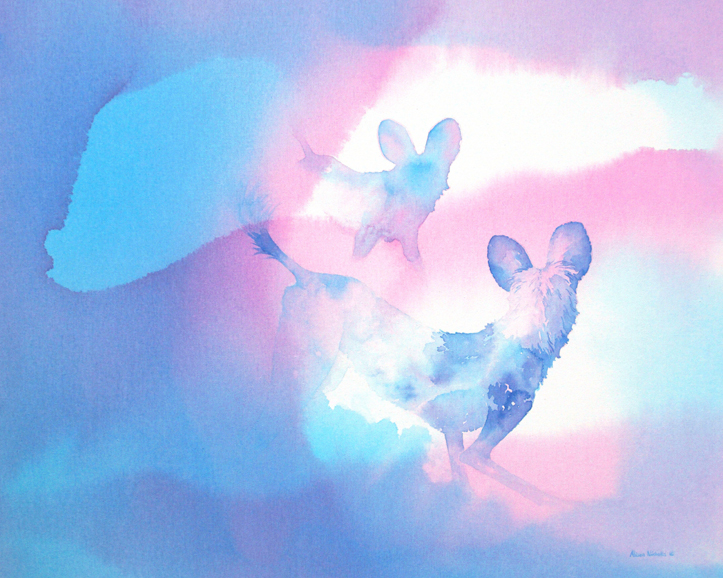
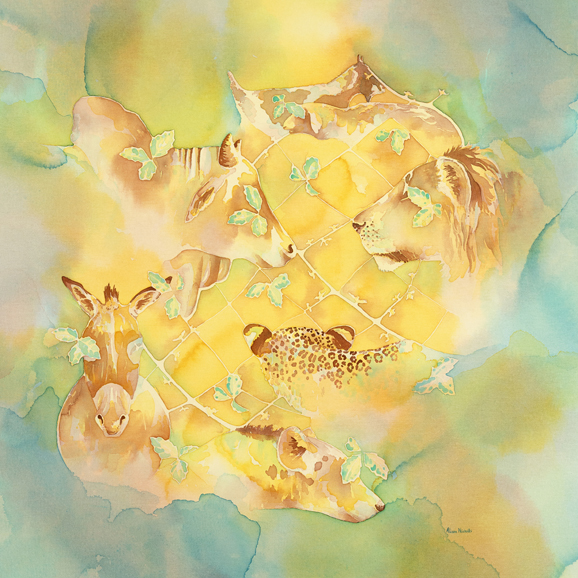
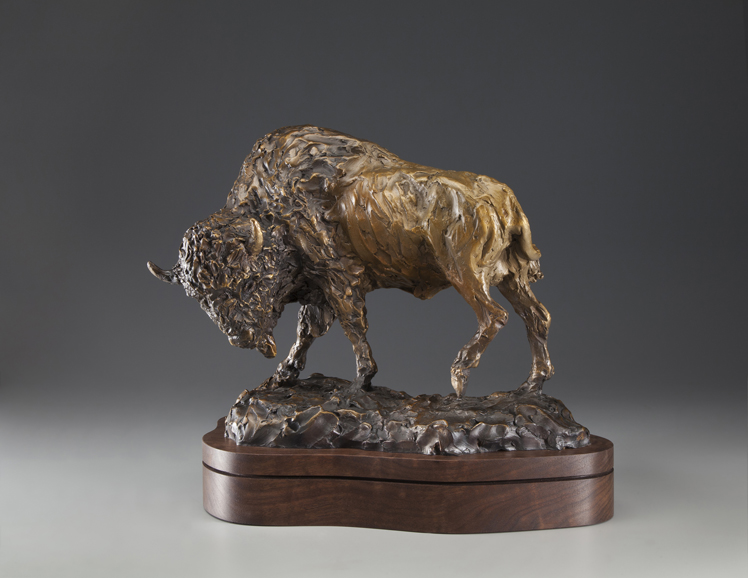
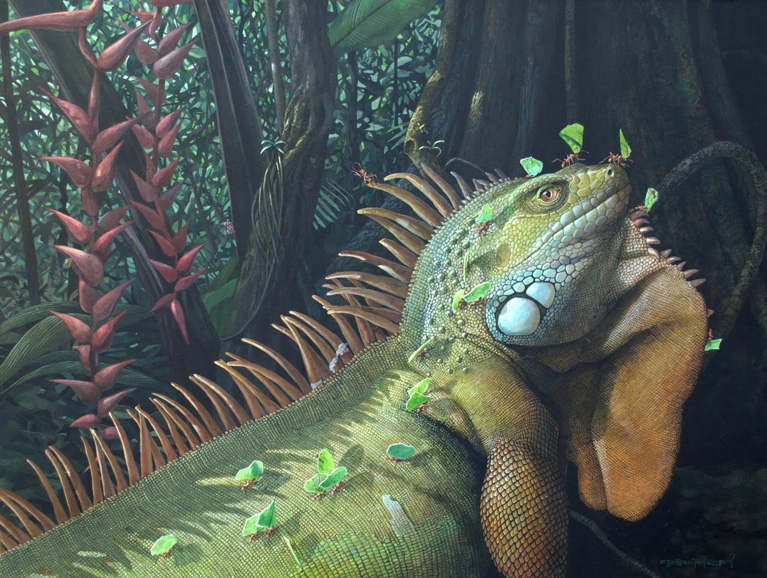
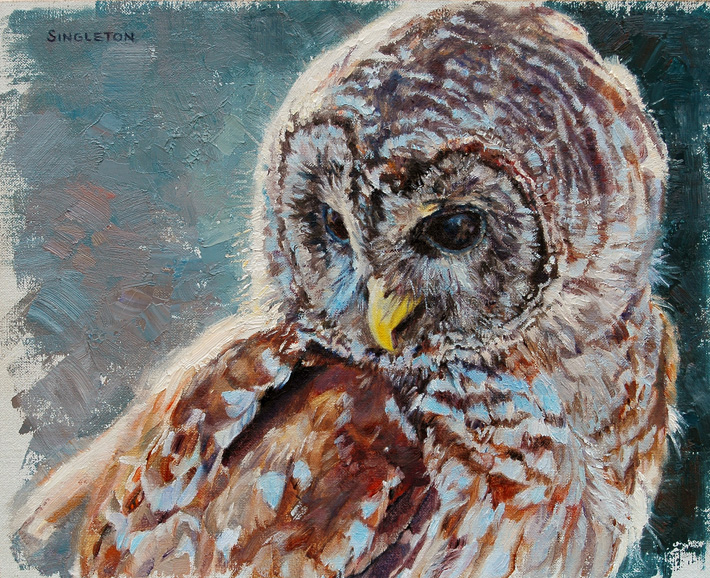
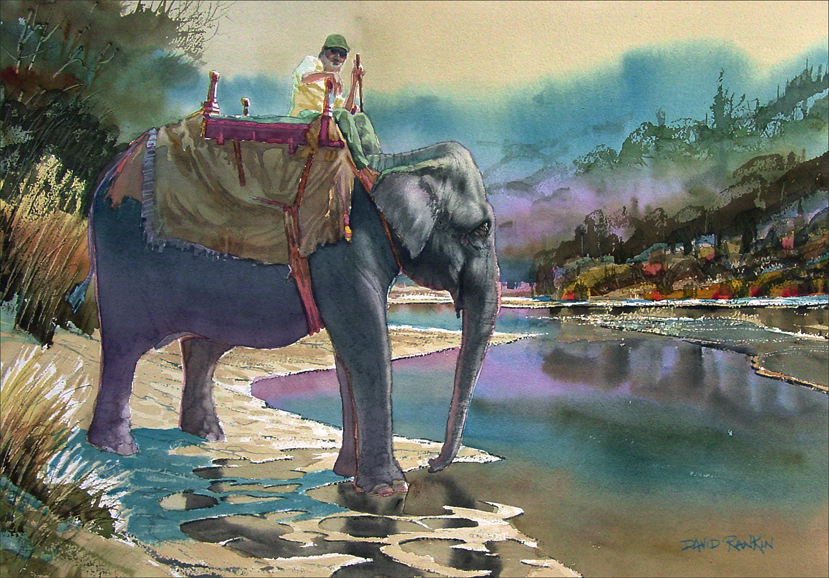
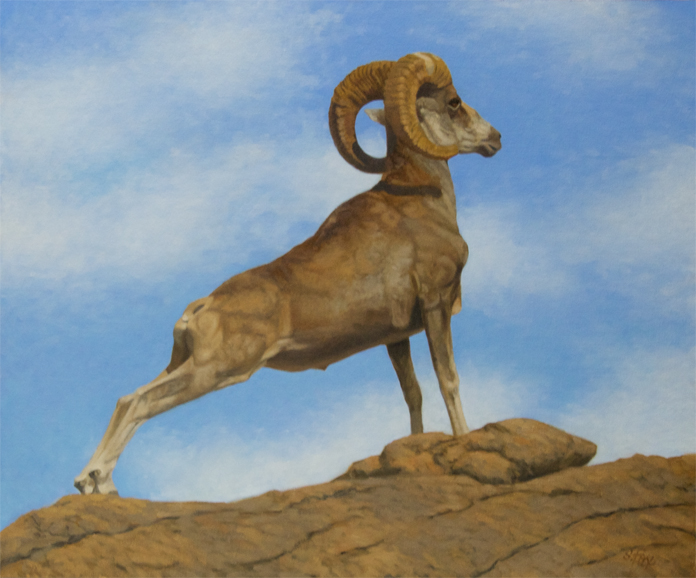

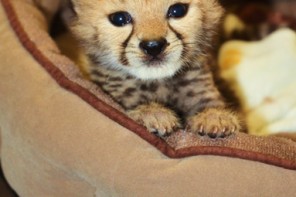
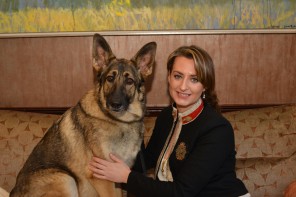
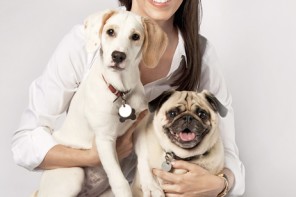
Thank you so much for featuring our exhibition! It has been a wild success so far. there will be an Artists Talk at the Flinn Gallery on April 24 at 2pm.